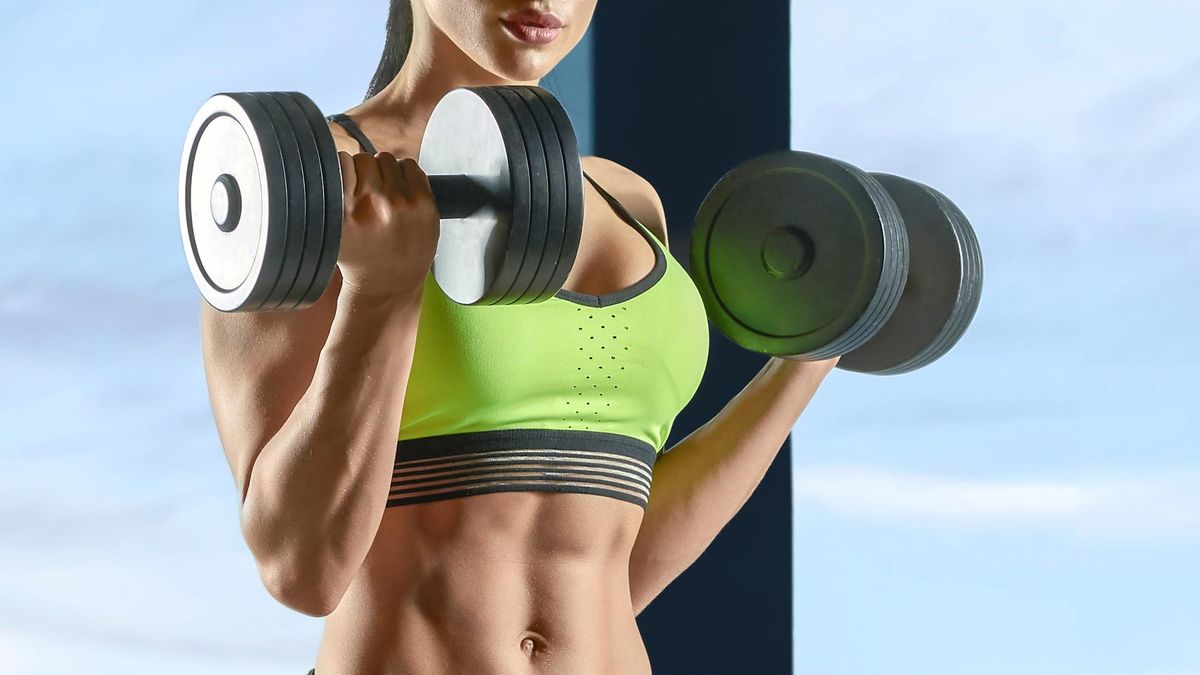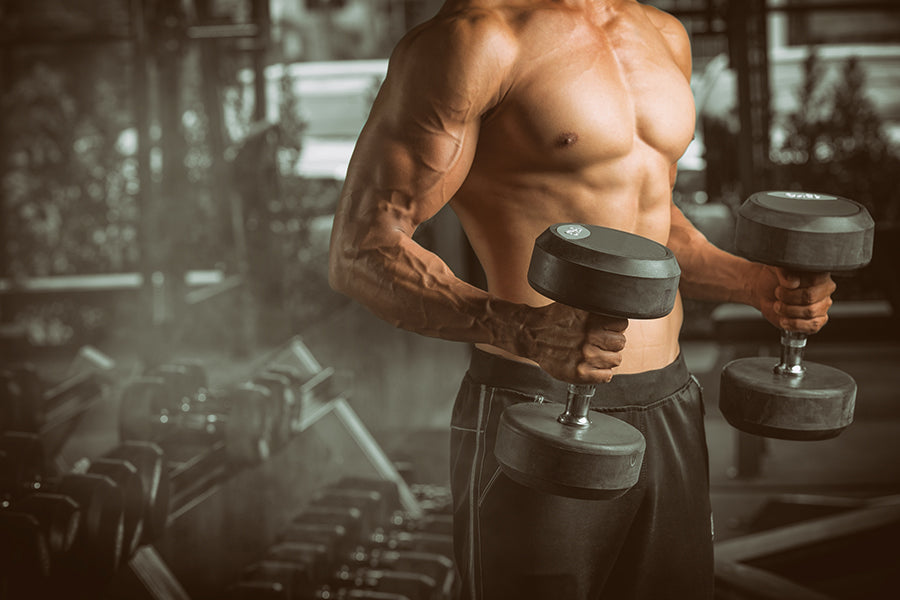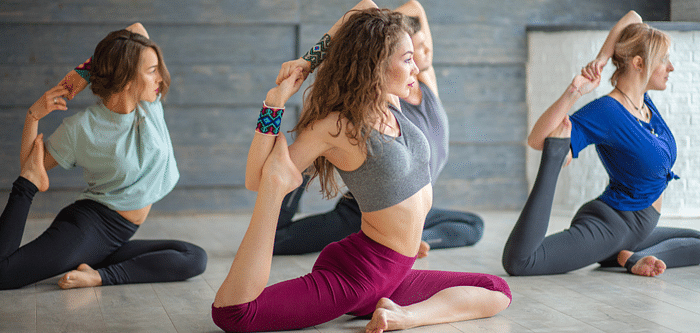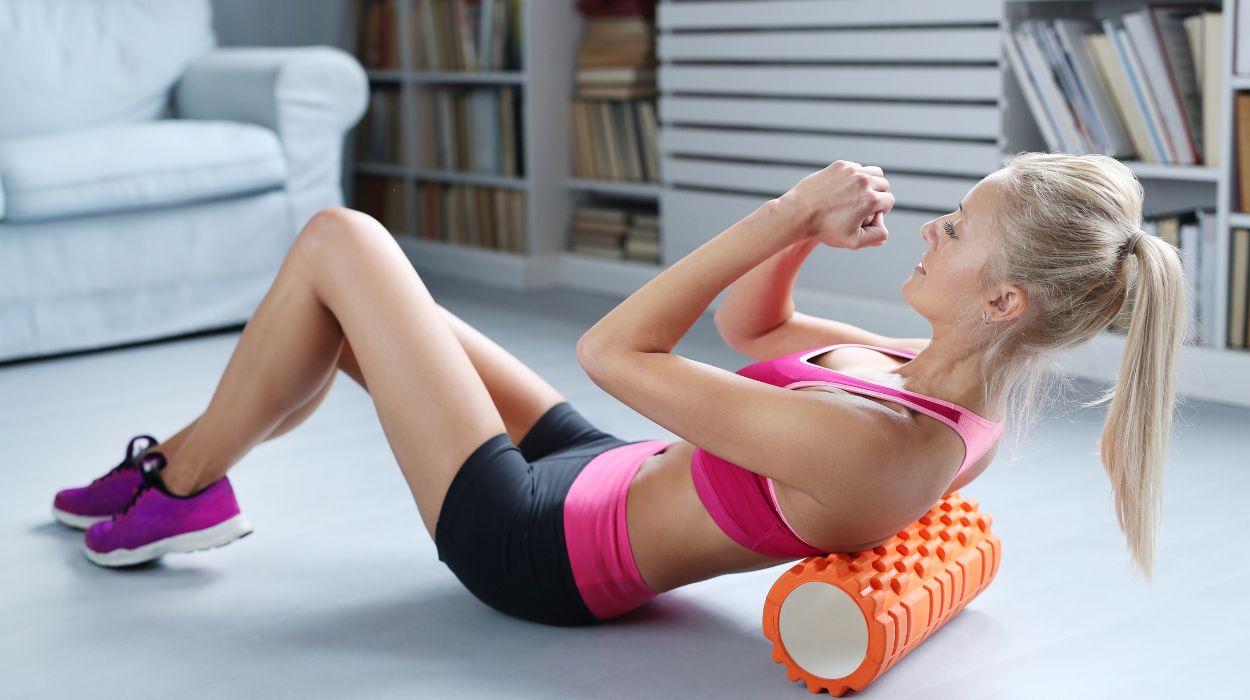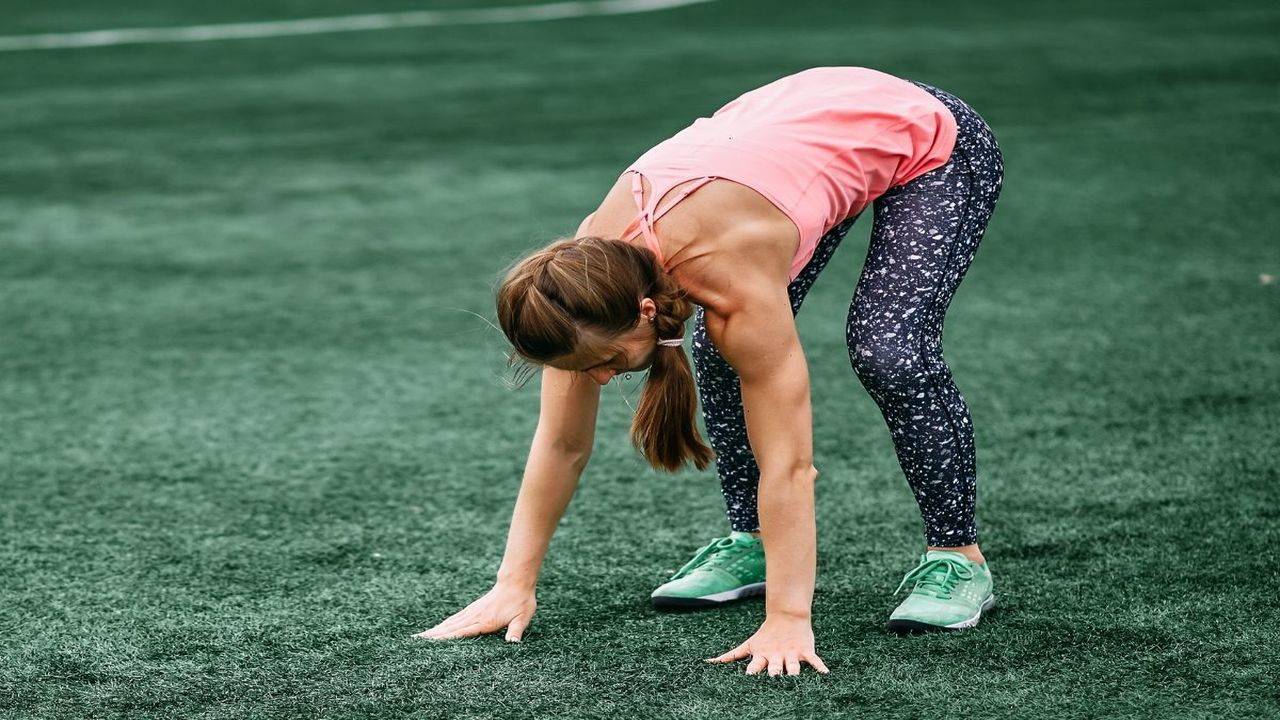So, you finally got yourself a pair of dumbbells. Maybe you grabbed them from a sale, borrowed your cousin’s set, or treated yourself because you’re tired of feeling like a potato on the couch. Good move. Dumbbells are easily one of the best ways to get stronger at home or in the gym without needing a whole rack of machines.
But here’s the thing — a lot of folks pick up dumbbells, pump out a few random curls or shoulder presses, then wonder why they’re not seeing results or why their shoulder feels funny. Using dumbbells looks simple, but a few rookie mistakes can slow your progress or, worse, get you hurt.
So, let’s break down 5 simple tips every dumbbell beginner needs to know. No fancy jargon. No complicated plans. Just real advice to help you lift right and stick with it.
1. Start Lighter Than You Think
This is hands-down the most common rookie mistake: starting too heavy. We all want to look strong, but grabbing the biggest dumbbells on the rack isn’t the way to get there.
When you’re new, you don’t just need strength — you need good form. Your muscles, joints, and stabilizers have to learn the movement patterns. Swinging big weights around before your body knows what it’s doing is a fast track to aches, strains, and frustration.
How light should you start?
If you’re working upper body (like curls or shoulder presses), 5–10 lbs for women and 10–20 lbs for men is plenty for most beginners. For lower body moves (like goblet squats or lunges), you can go heavier since your legs are stronger.
Remember, it’s always easier to add weight than recover from an injury.
2. Form First, Reps Second
This is your golden rule: perfect reps beat sloppy heavy reps every time. Dumbbells give you freedom of movement — that’s good, but it means your form has to be on point because there’s no machine locking you in place.
What does good form look like?
- Go slow: Control the weight up and down. No swinging.
- Engage your core: Whether you’re curling, pressing, or squatting, brace your core so your back doesn’t arch or sag.
- Full range of motion: Don’t cheat half-reps. Bring the weight down fully, push or pull it up with intention.
- Mirror helps: If you’re at home, use a mirror or record yourself. You’ll catch small mistakes like leaning or shrugging your shoulders up.
3. Master the Basics First
When you’re new, you don’t need fancy combinations or complicated circuits. Focus on simple, compound exercises that work multiple muscles at once. Mastering these will give you the most bang for your buck.
Here’s a solid starting lineup:
- Dumbbell Squat or Goblet Squat: Builds legs and core.
- Dumbbell Deadlift: Hits your hamstrings and glutes.
- Dumbbell Bench Press or Floor Press: Chest, shoulders, and triceps.
- Dumbbell Row: Back and biceps.
- Dumbbell Shoulder Press: Shoulders and arms.
- Dumbbell Curl: Biceps.
- Dumbbell Tricep Extension: Triceps.
Work these into 2–3 full-body workouts per week, and you’ll hit all major muscles without overcomplicating things.
4. Don’t Skip Warm-Ups and Rest
I know — you’re busy, you want to jump straight in, sweat for 20 minutes, and call it done. But skipping warm-ups is like driving your car in winter without letting the engine warm up first.
Always spend 5–10 minutes getting your blood flowing. Jog in place, do arm circles, shoulder rolls, or some light dynamic stretches. This preps your joints, wakes up your muscles, and helps you lift with better range of motion.
And rest?
Rest is where your muscles rebuild. If you’re training with dumbbells for the first time, don’t do the same workout every day. Aim for at least one rest day between full-body dumbbell sessions. Your muscles will thank you.
5. Keep It Consistent — And Track It
A lot of beginners stop because they can’t tell if they’re making progress. So here’s a game changer — write your workouts down. Keep a small notebook or use your phone. Note the exercise, weight used, reps, and sets.
Over time, aim to:
- Lift a little heavier.
- Do an extra rep or set.
- Use better form with the same weight.
These small wins add up. Seeing it in black and white keeps you motivated when you feel like nothing’s happening. And trust me — stuff is happening.
Bonus: Listen to Your Body
One last thing — a good sore muscle is normal when you’re new. Sharp pain, tingling, or joint pain is not. If something feels off, stop and check your form. If it still feels wrong, skip it and come back another day. A week off for a tweak is better than a month off for a torn muscle.
A Simple Beginner Dumbbell Workout
Need a starting point? Here’s a simple routine you can do 2–3 times a week. Warm up first!
1. Goblet Squat — 3 sets of 10–12 reps
2. Dumbbell Deadlift — 3 sets of 10 reps
3. Dumbbell Bench Press (or Floor Press) — 3 sets of 8–10 reps
4. Dumbbell Row — 3 sets of 10 reps per side
5. Dumbbell Shoulder Press — 2 sets of 8–10 reps
6. Dumbbell Curl — 2 sets of 10–12 reps
Rest 60–90 seconds between sets. Focus on slow, clean reps.
The Bottom Line
Dumbbells are small but mighty. They can transform your strength, shape, and confidence — but only if you use them right. Start lighter than you think, respect your form, stick to basics, warm up and rest, and stay consistent.
A year from now, you’ll look back and wonder why you ever hesitated to pick them up.
So dust off those dumbbells, grab a sip of water, and get lifting. Stronger, fitter you is waiting!
